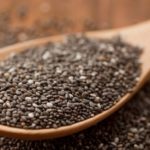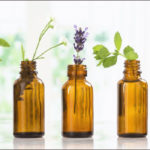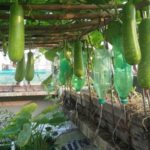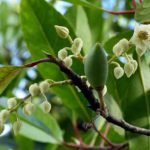Dinh lang plant is a familiar crop for many families. This type of plant is considered as good as ginseng. It is not only used for decoration but also has medicinal value, especially the roots.
Effects of dinh lang plant
Dinh lang plant is also known as male ginseng, fish salad plant. People often use dried dinh lang leaves to make pillows or lay them on the bed for young children to prevent epilepsy.
In addition, women who drink water from young dinh lang leaves can help strengthen their bodies and stimulate milk secretion. Young dinh lang leaves can be eaten raw.
The roots of dinh lang plant have a sweet and slightly bitter taste, with a cooling effect. This root has the effect of promoting blood circulation and nourishing the blood. Dinh lang roots can be used as extracts, soaked in alcohol or dried and ground into powder to treat conditions such as cough, breast blockage, and help lactation…
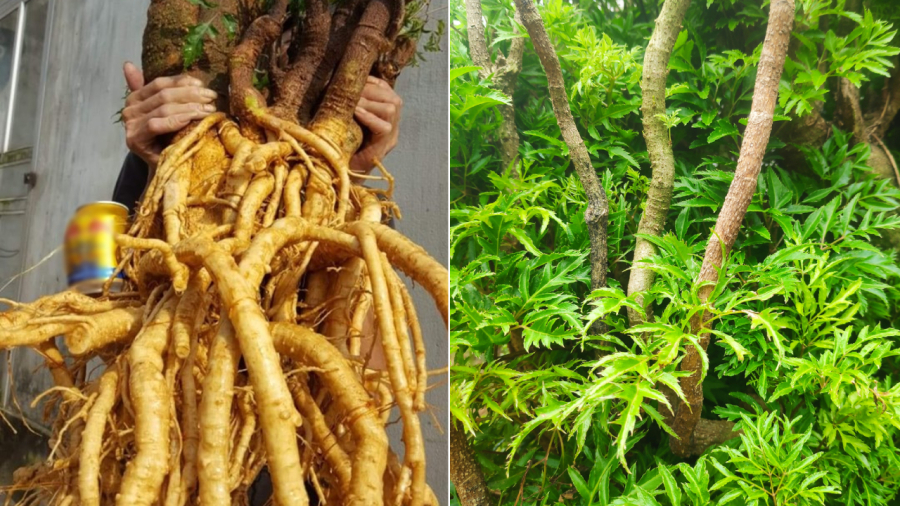
The dinh lang plant roots are usually harvested in autumn and winter, and people only harvest the roots of plants that have been grown for more than 3 years. With these plants, the roots will be soft and contain many beneficial active ingredients for health.
After harvesting the roots, they are washed clean, and the roots close to the stem are cut off. For large roots, the bark is separated and used, while for small roots, all parts can be used.
After cleaning, the dinh lang roots are thinly sliced and dried in a dry and airy place.
When using, you can use dried dinh lang roots or soak them in 5% ginger wine, then dry and add honey and fragrant ingredients.
Some prescriptions from dinh lang roots
– 8-16g of finely chopped dinh lang roots, toasted golden with 400ml of water. When the water is reduced to 100ml, it is ready to use. Use this water instead of tea, good for postpartum women, anti-birth pain, and helps stimulate milk secretion.
– 5-10 grams of dinh lang roots that have been toasted and soaked in a cup of boiling water and used as tea.
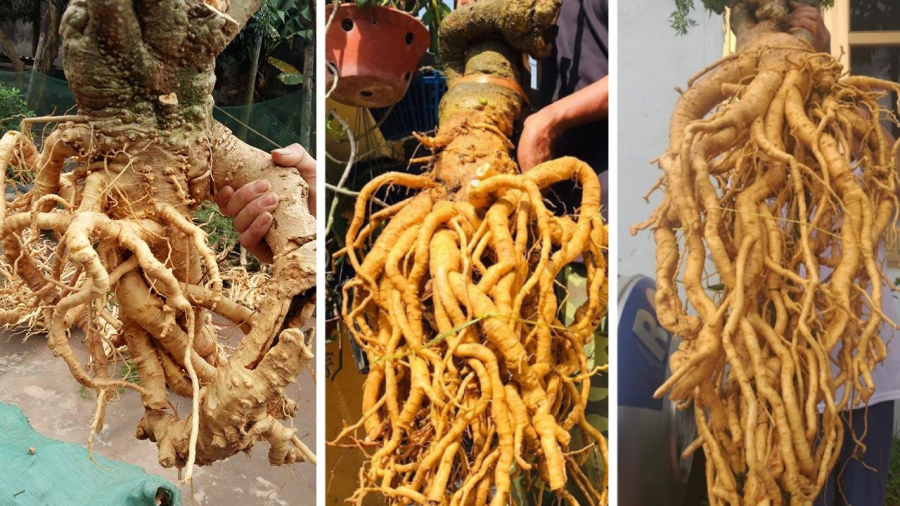
– 100 grams of dried dinh lang without toasting are soaked in 1 liter of 30-35-degree alcohol. After 7-10 days, it can be used. Shake the bottle occasionally. Use 5-10ml each time before meals, and it should only be used twice a day.
– 100 grams of dinh lang roots, 100 grams of Indian mulberry, 100 grams of codonopsis pilosula, 100 grams of radix astragali, 20 grams of ophiopogon root, all minced and filtered for the extract, 100 grams per day for people with anemia.
– 30 grams of fresh dinh lang roots, 10 grams of lemon leaves or peel, 10 grams of tetrapanax papyriferus peel, 20 grams of male fern root, 20 grams of bamboo leaf, 30 grams of licorice, 30 grams of purslane, 20 grams of sour me, all minced and put into a pot, add water until immersed, and simmer to extract the juice (about 250ml), divide this extract into 3 times in a day. This extract has the effect of treating prolonged fever, headache, thirst, chest pain, yellow urine.
People who should not use dinh lang
Dinh lang plant brings many health benefits, but it should not be used indiscriminately. Although dinh lang has a lactation effect, pregnant women and breastfeeding mothers should consult a doctor before using it.
People with liver disease or taking medication for disease treatment should also consider and consult a doctor before using dinh lang to avoid affecting the treatment process.

